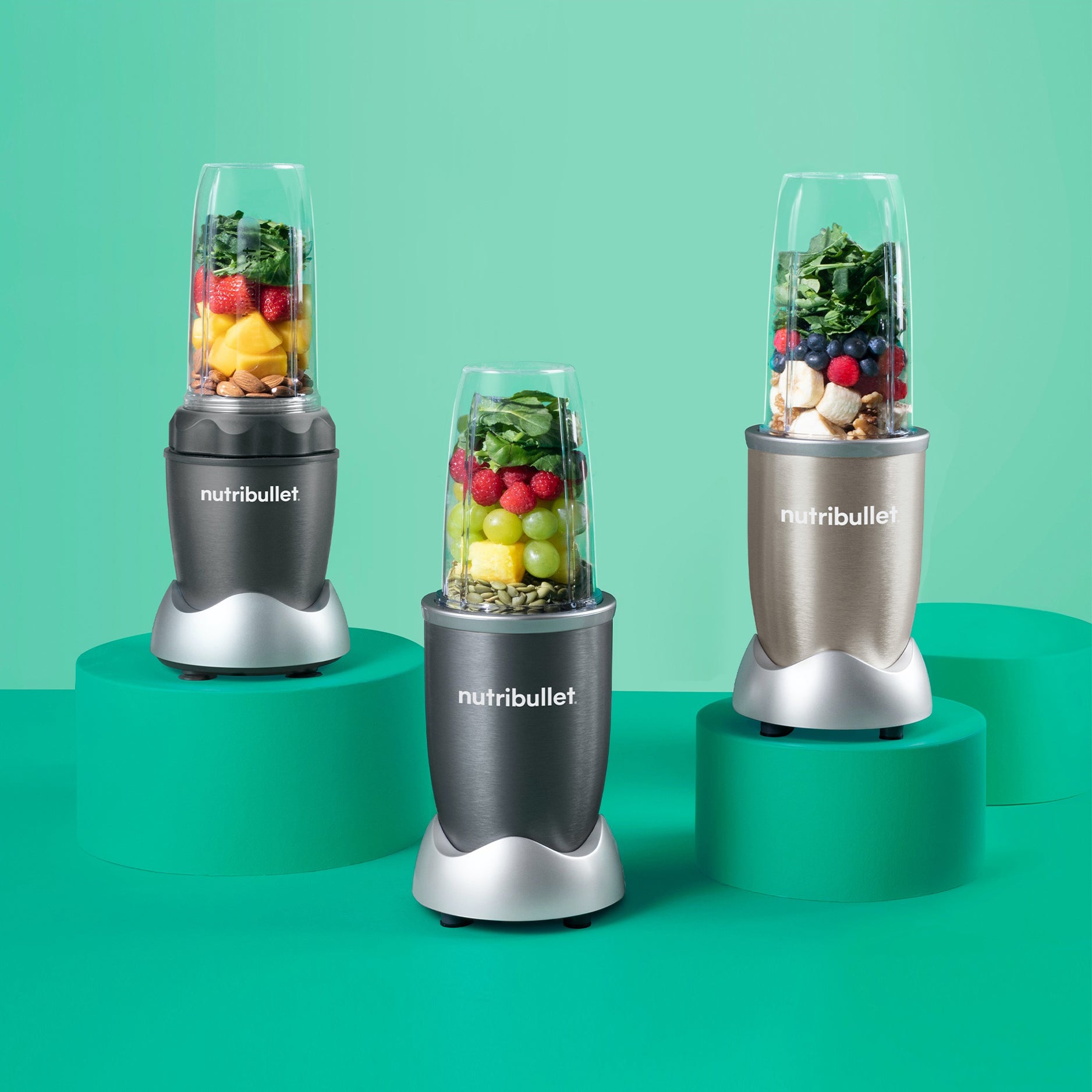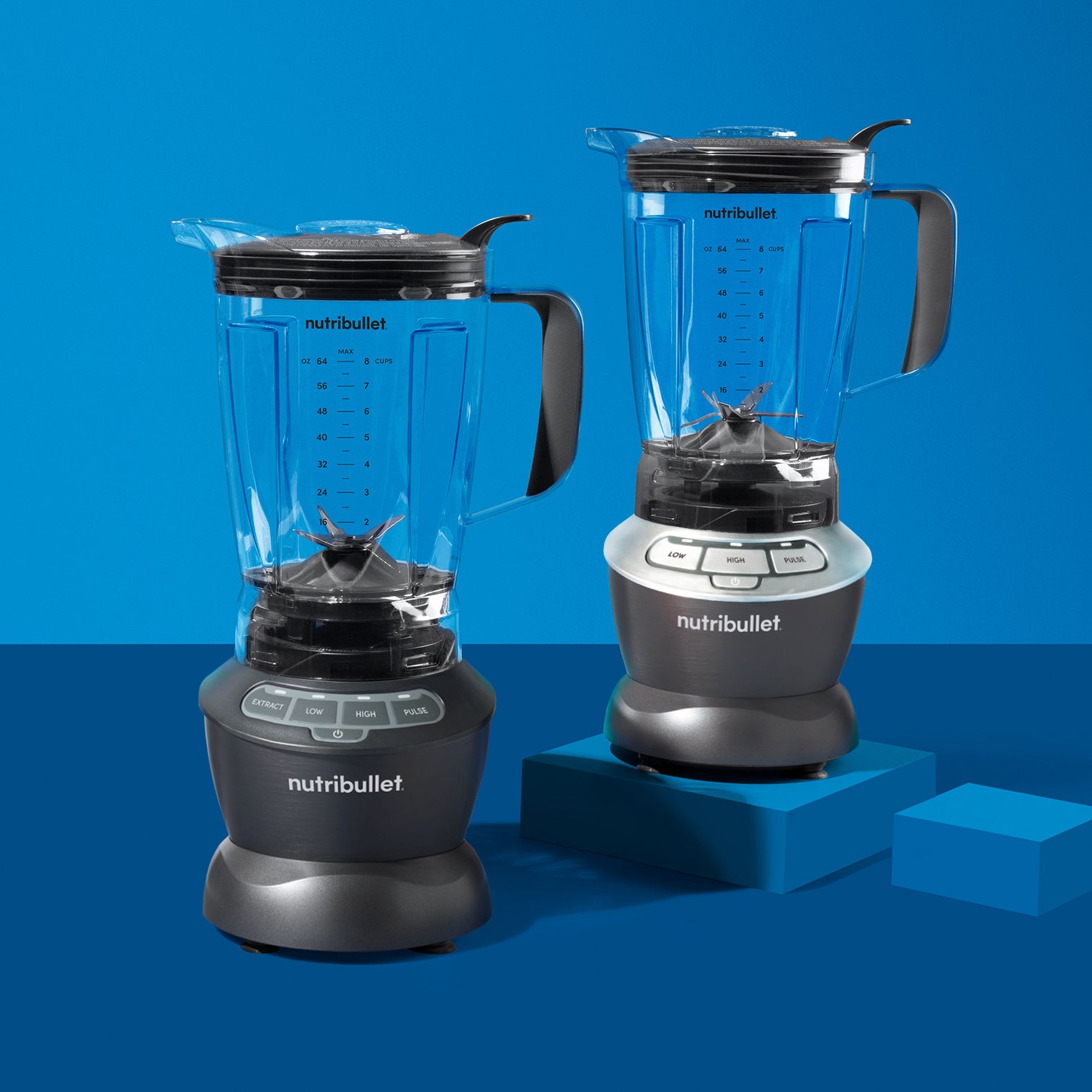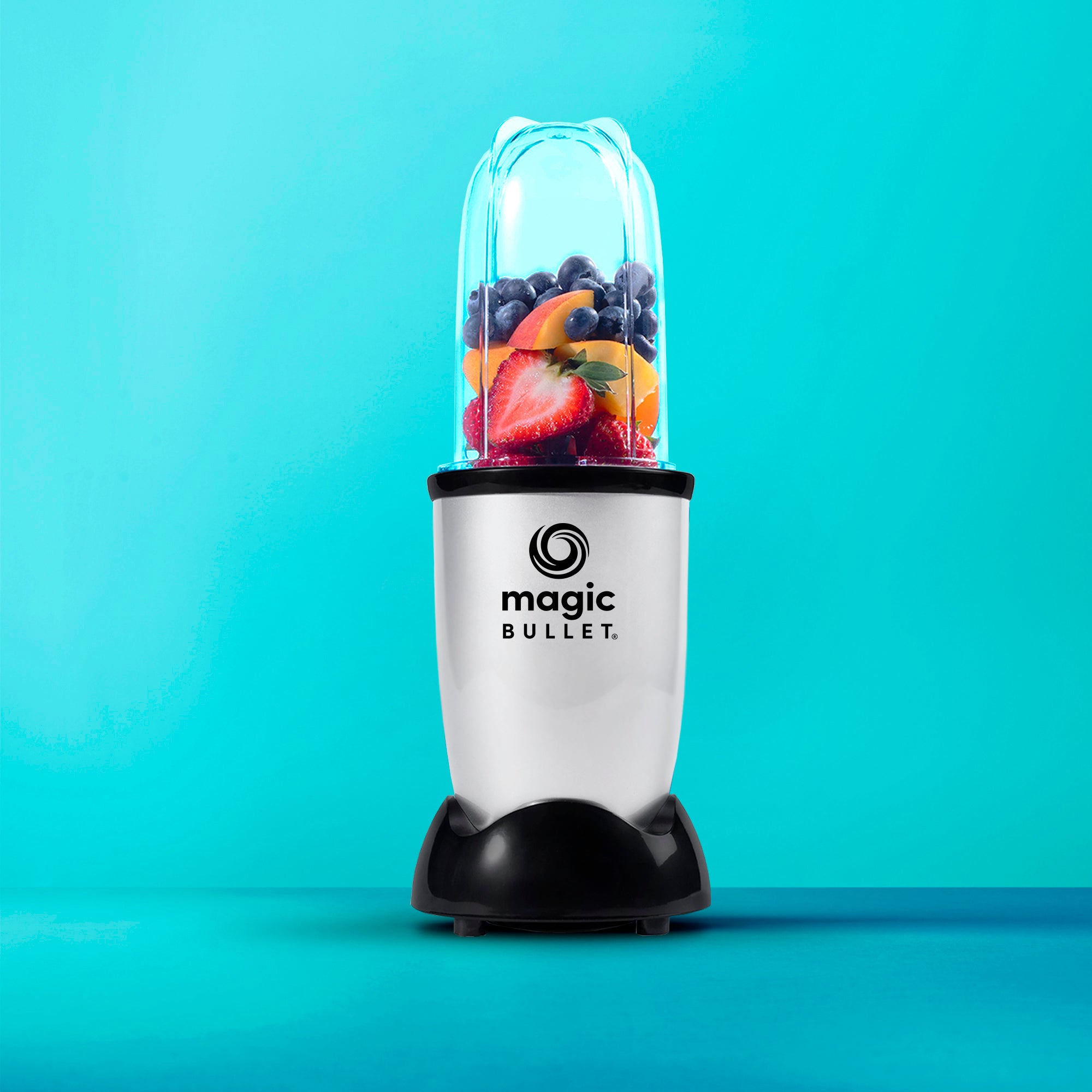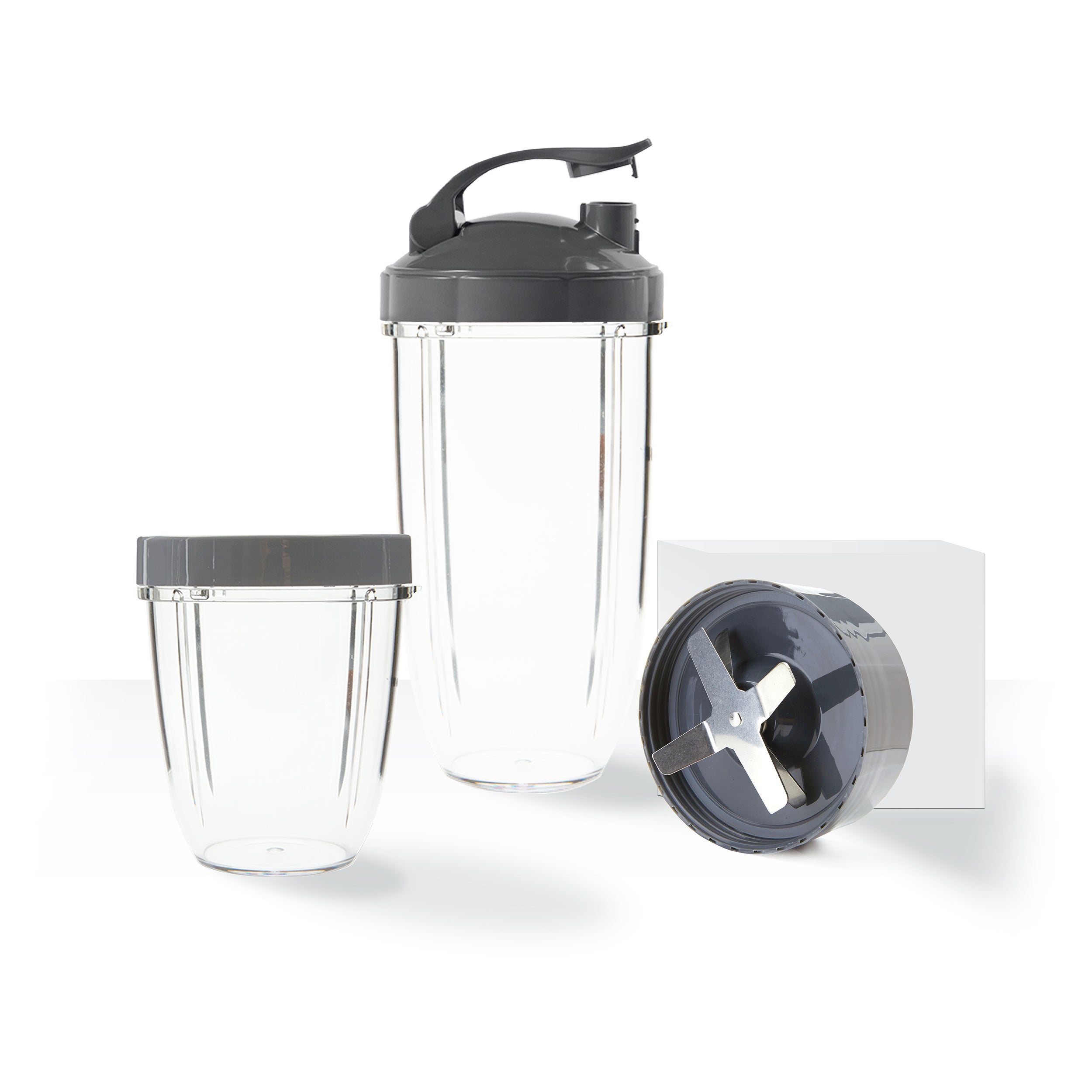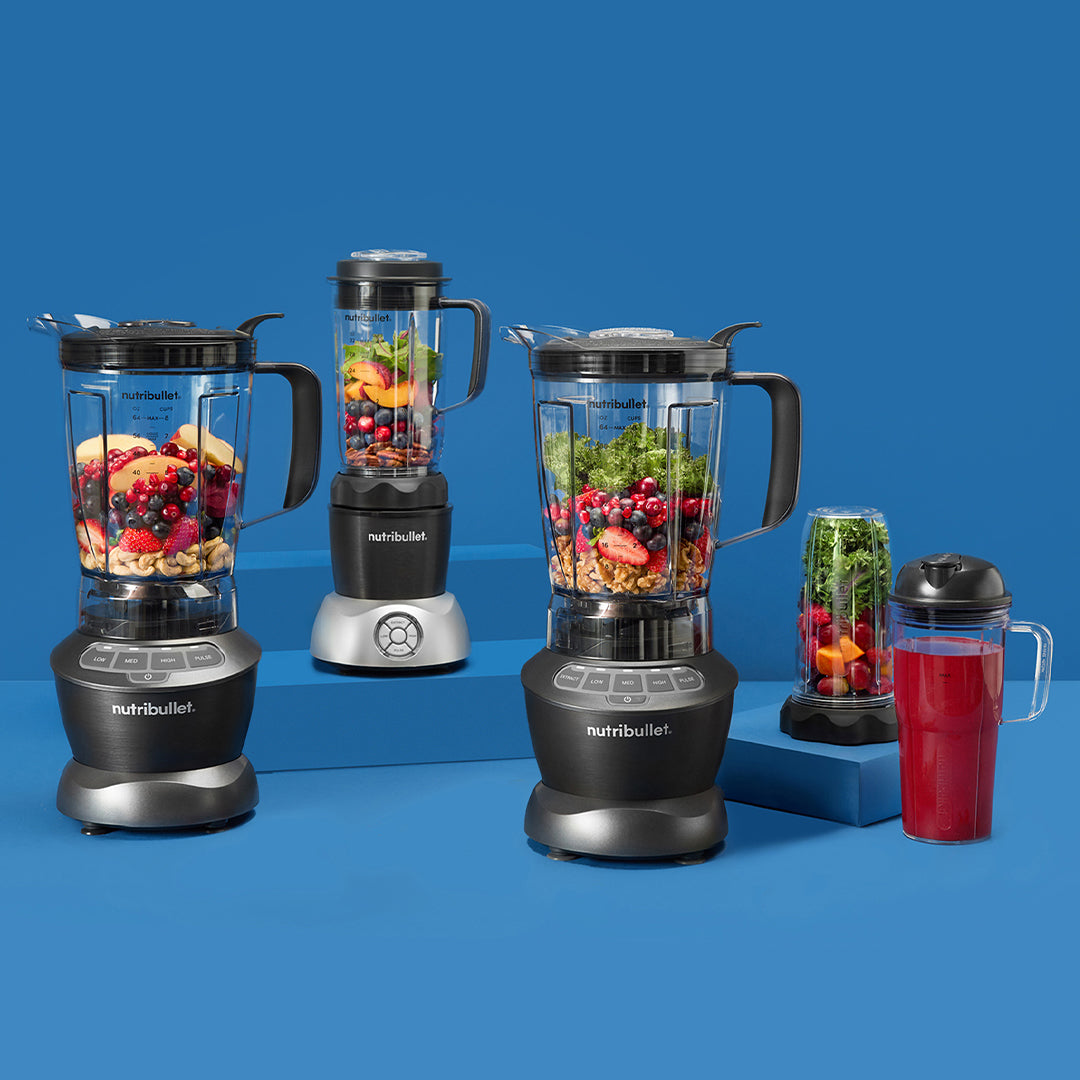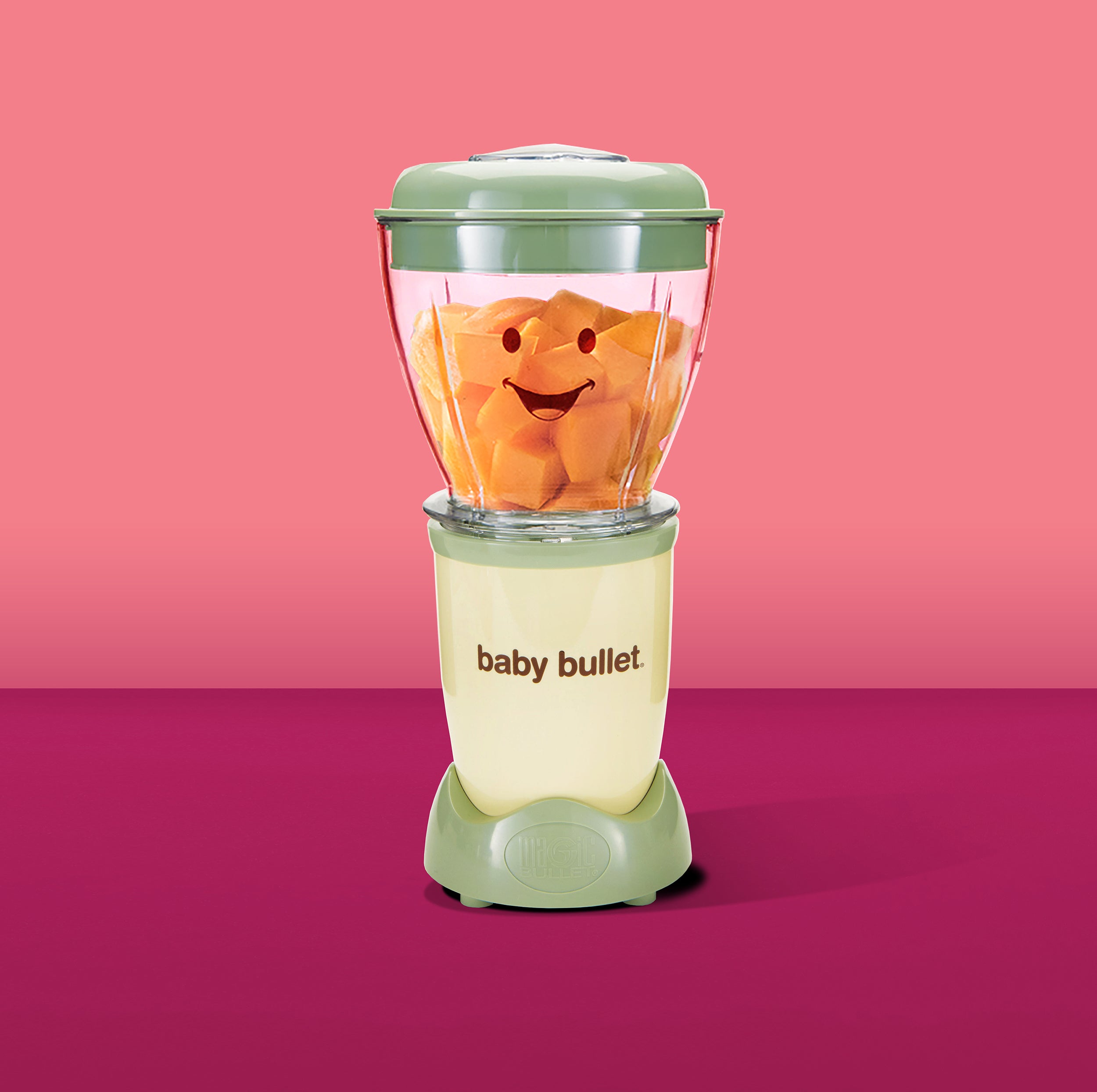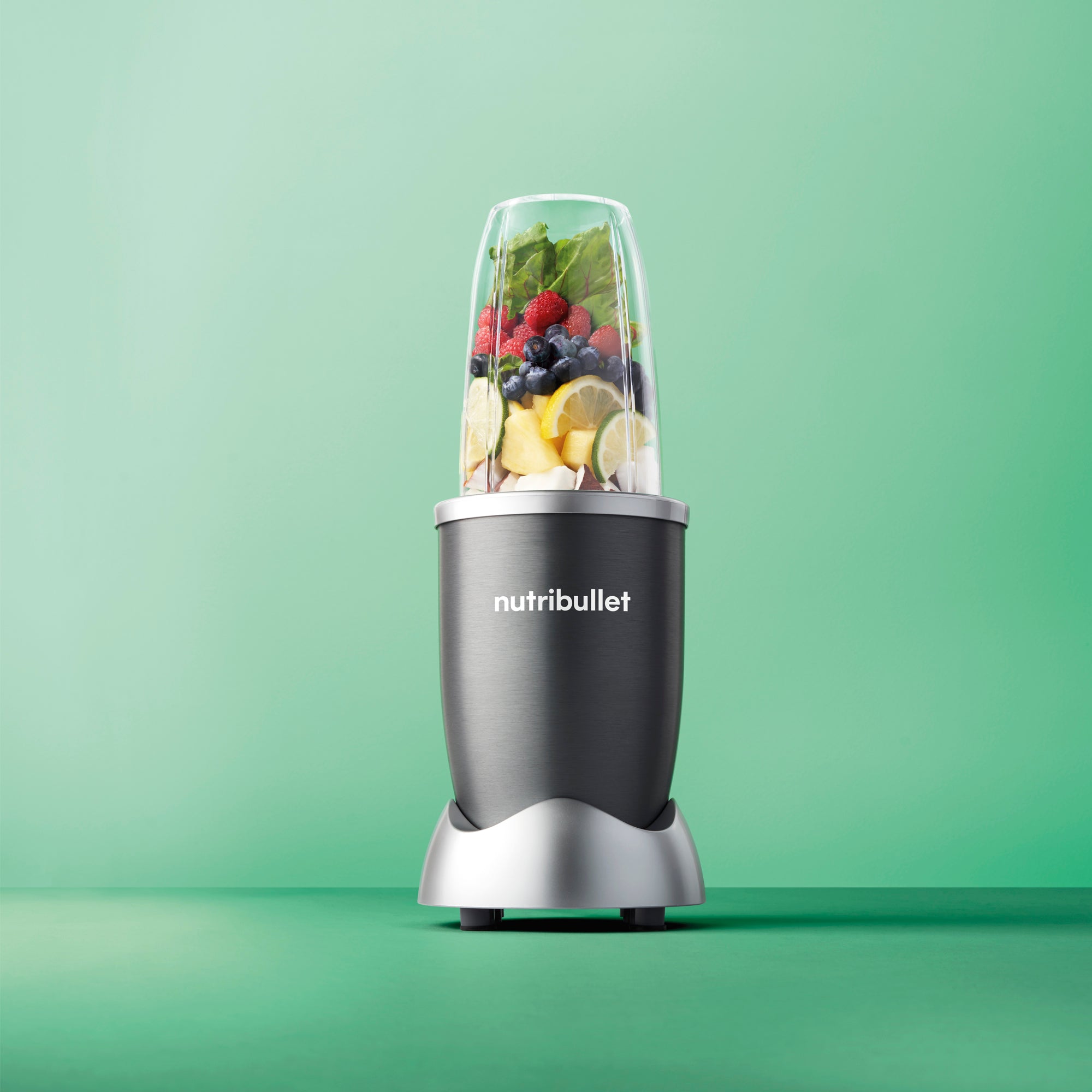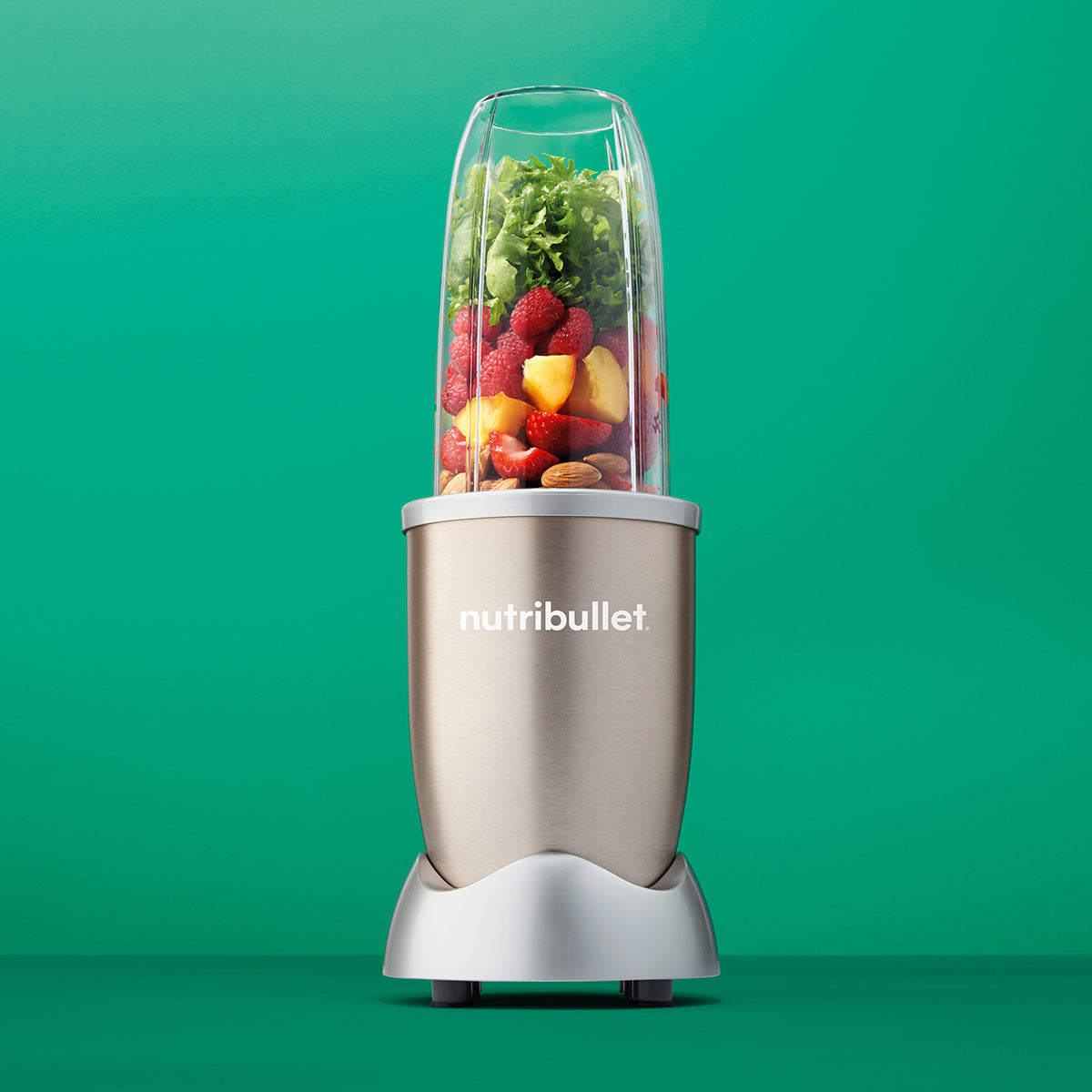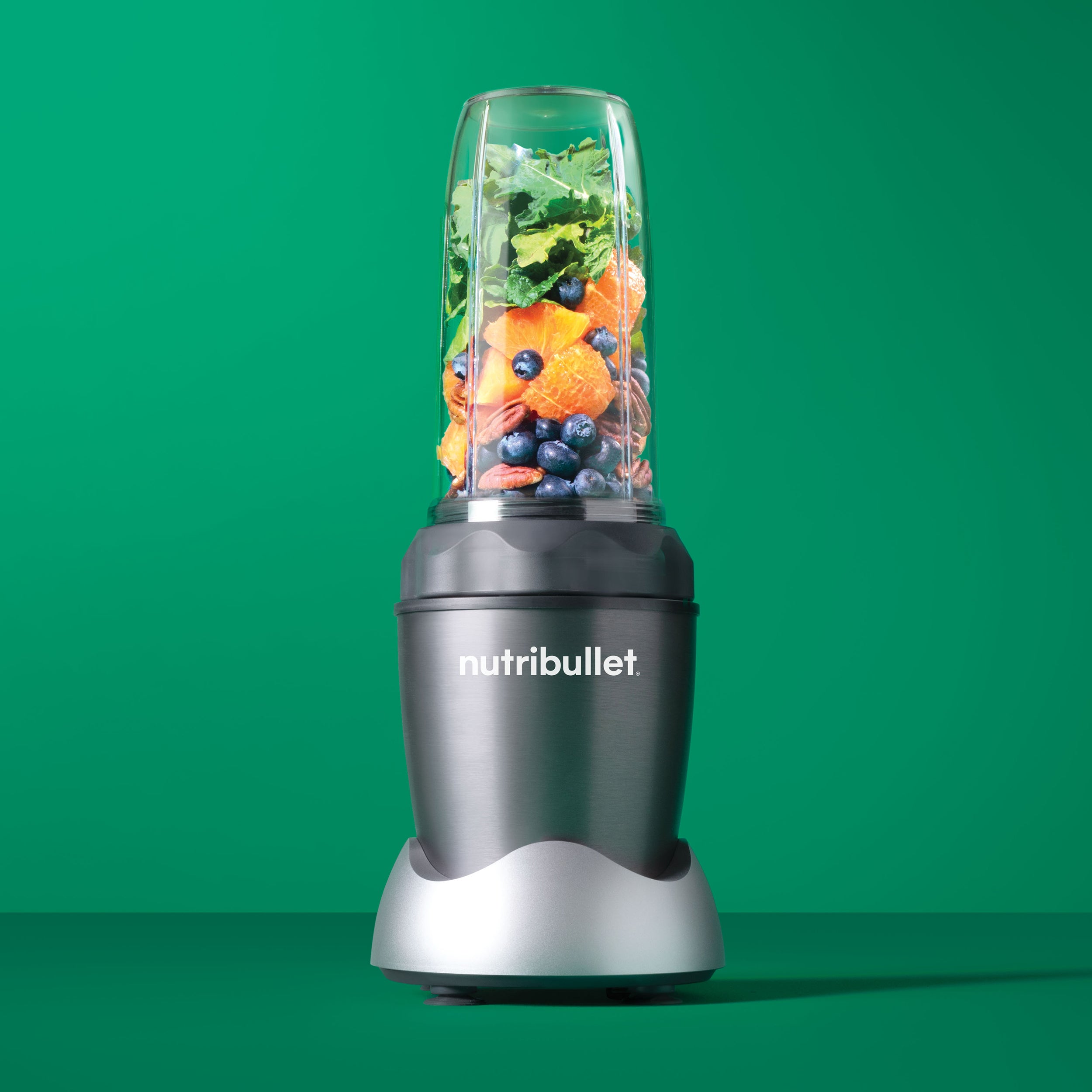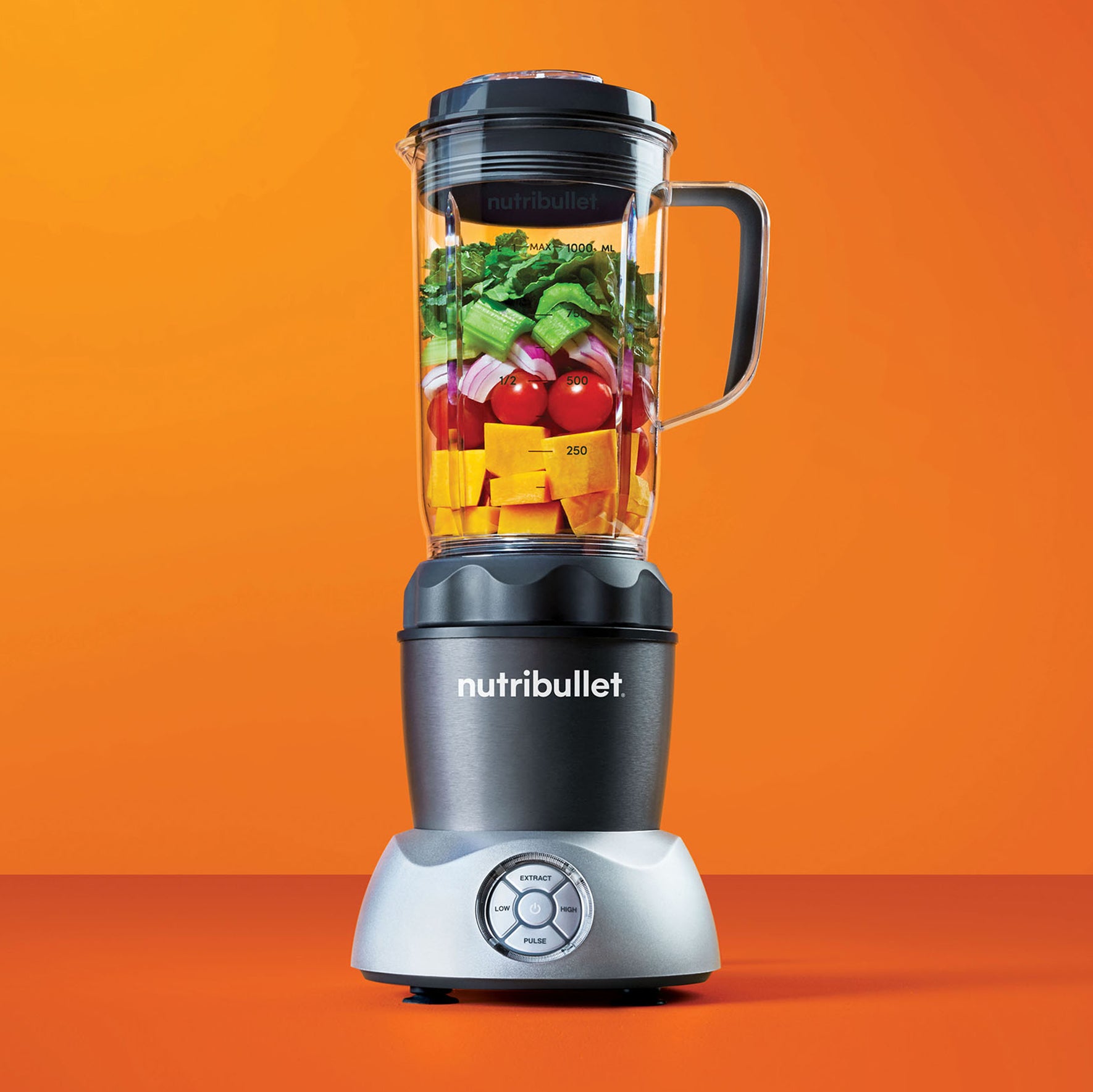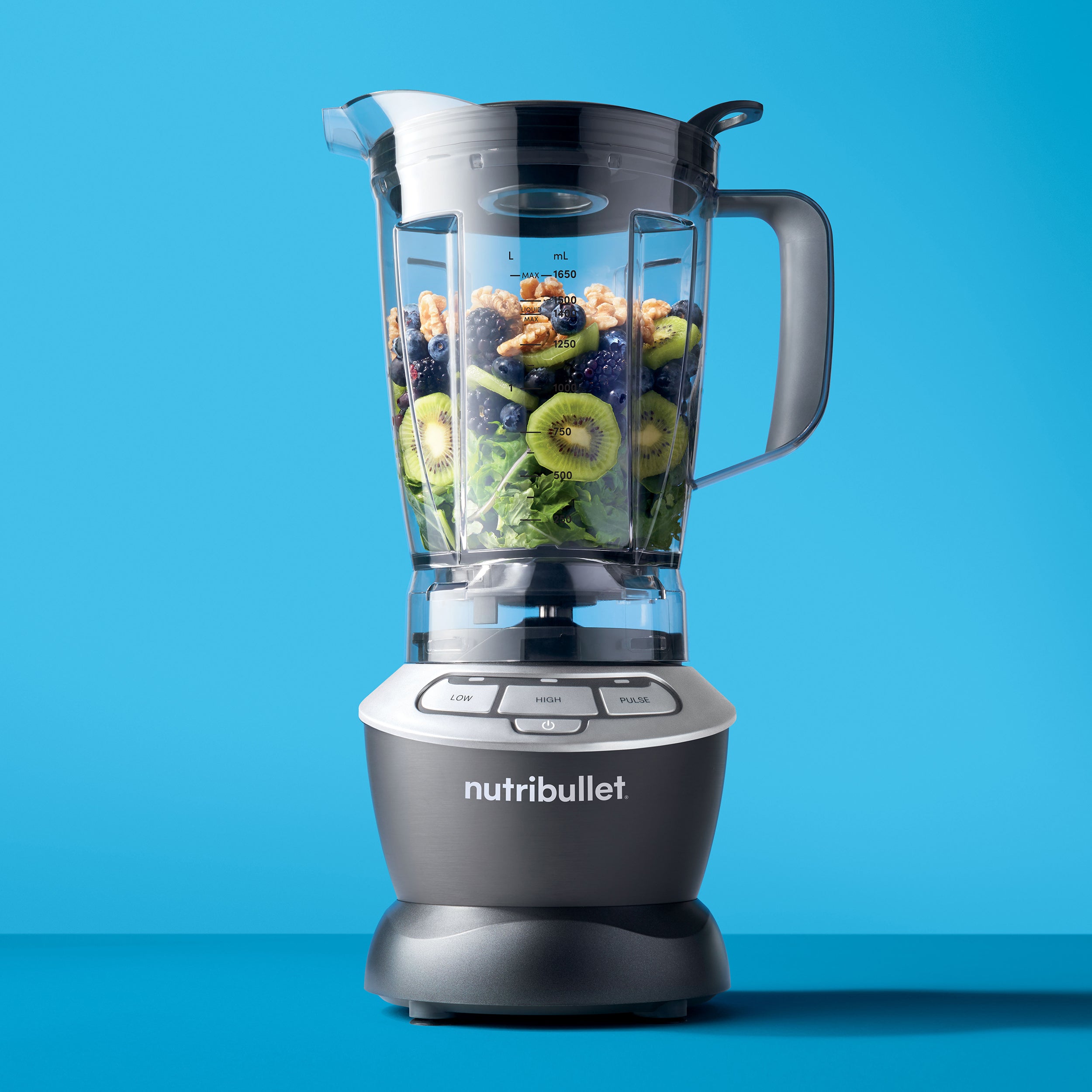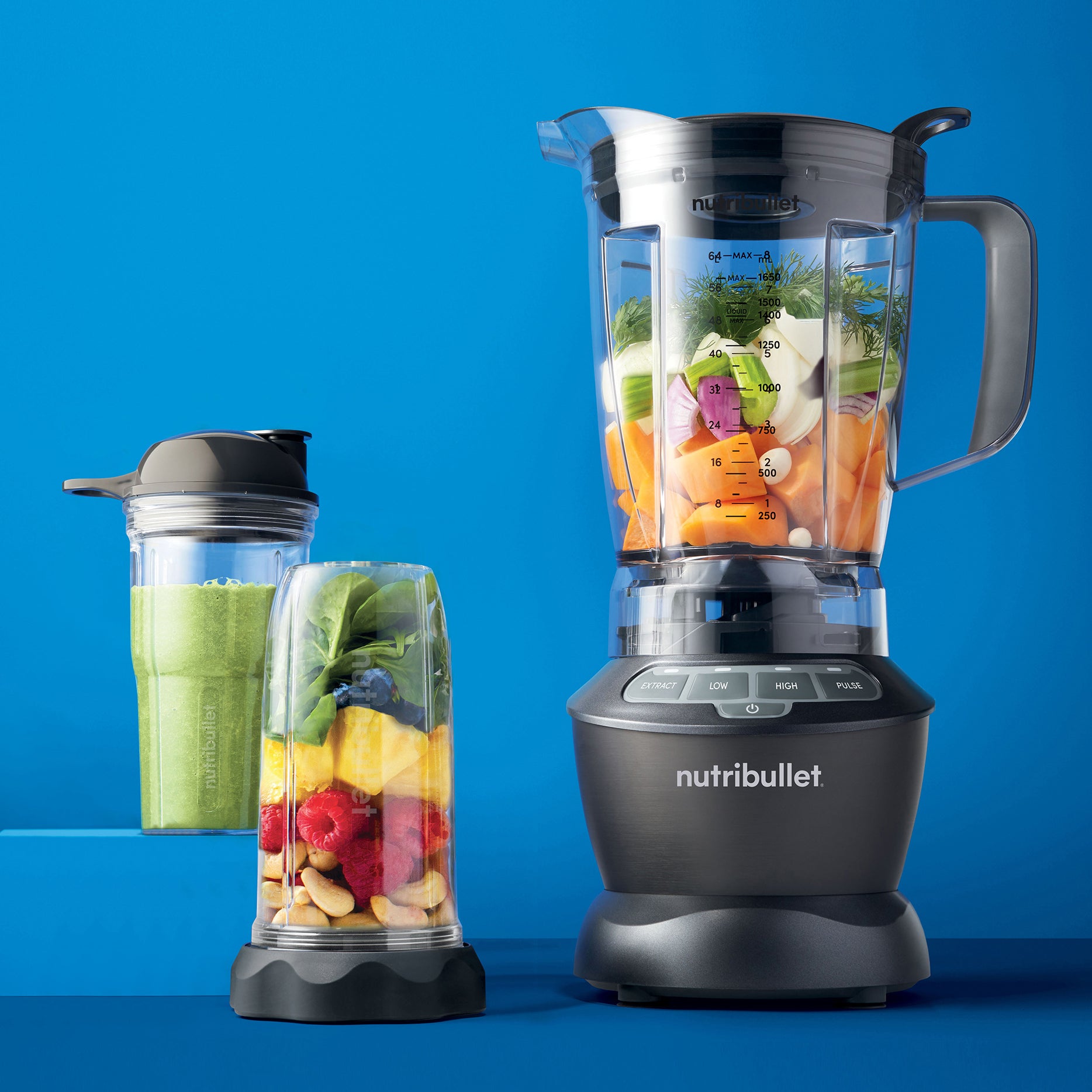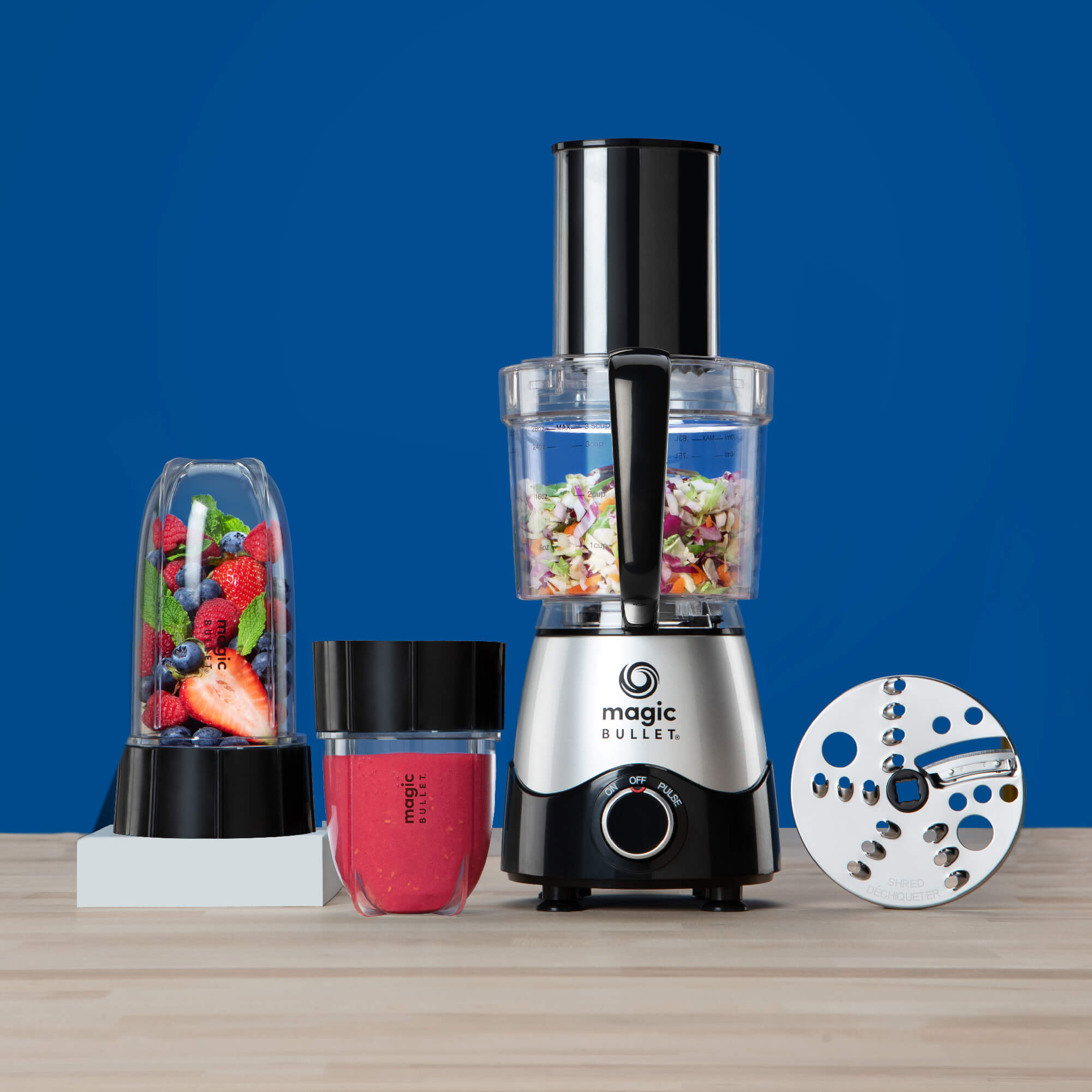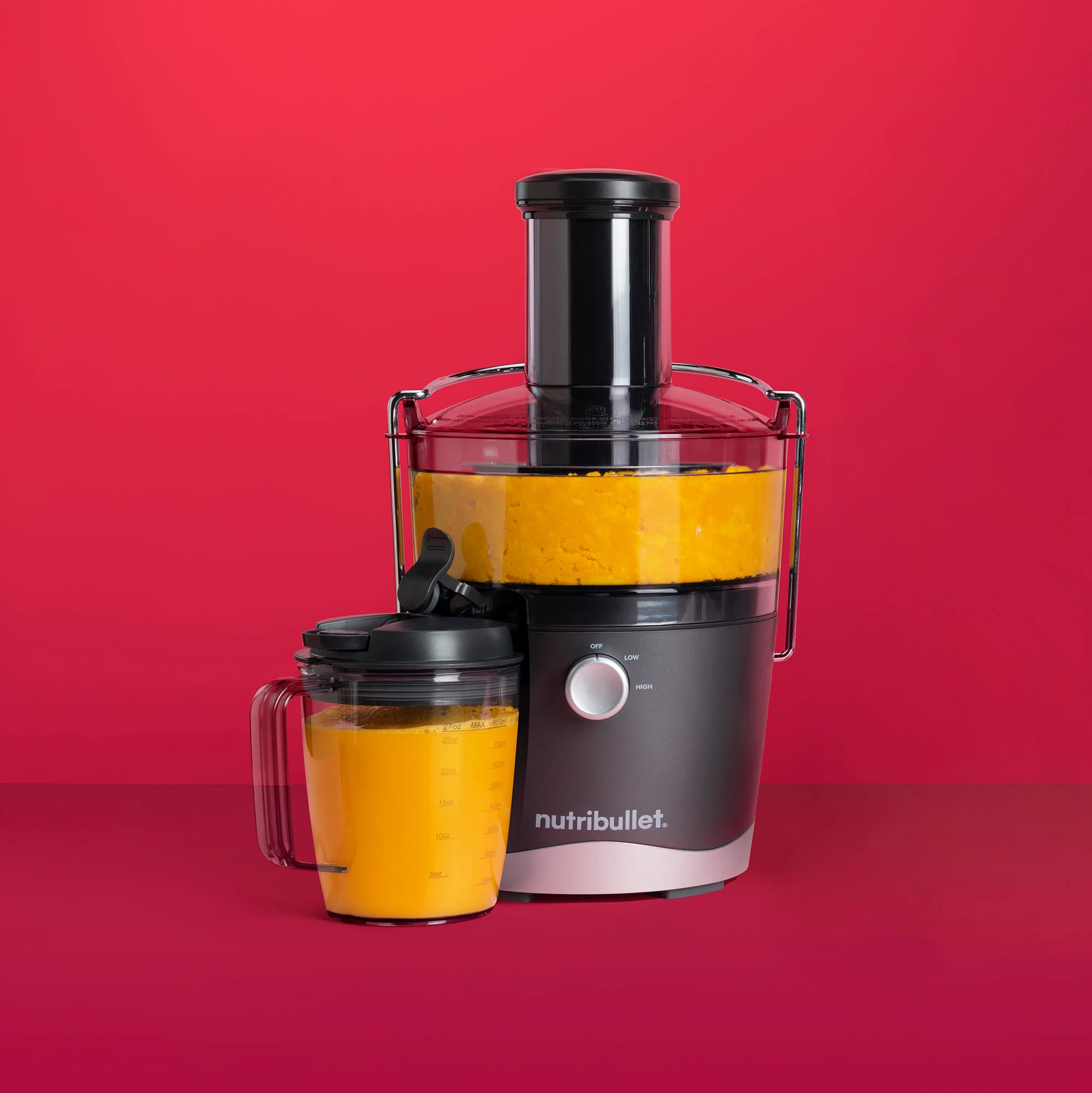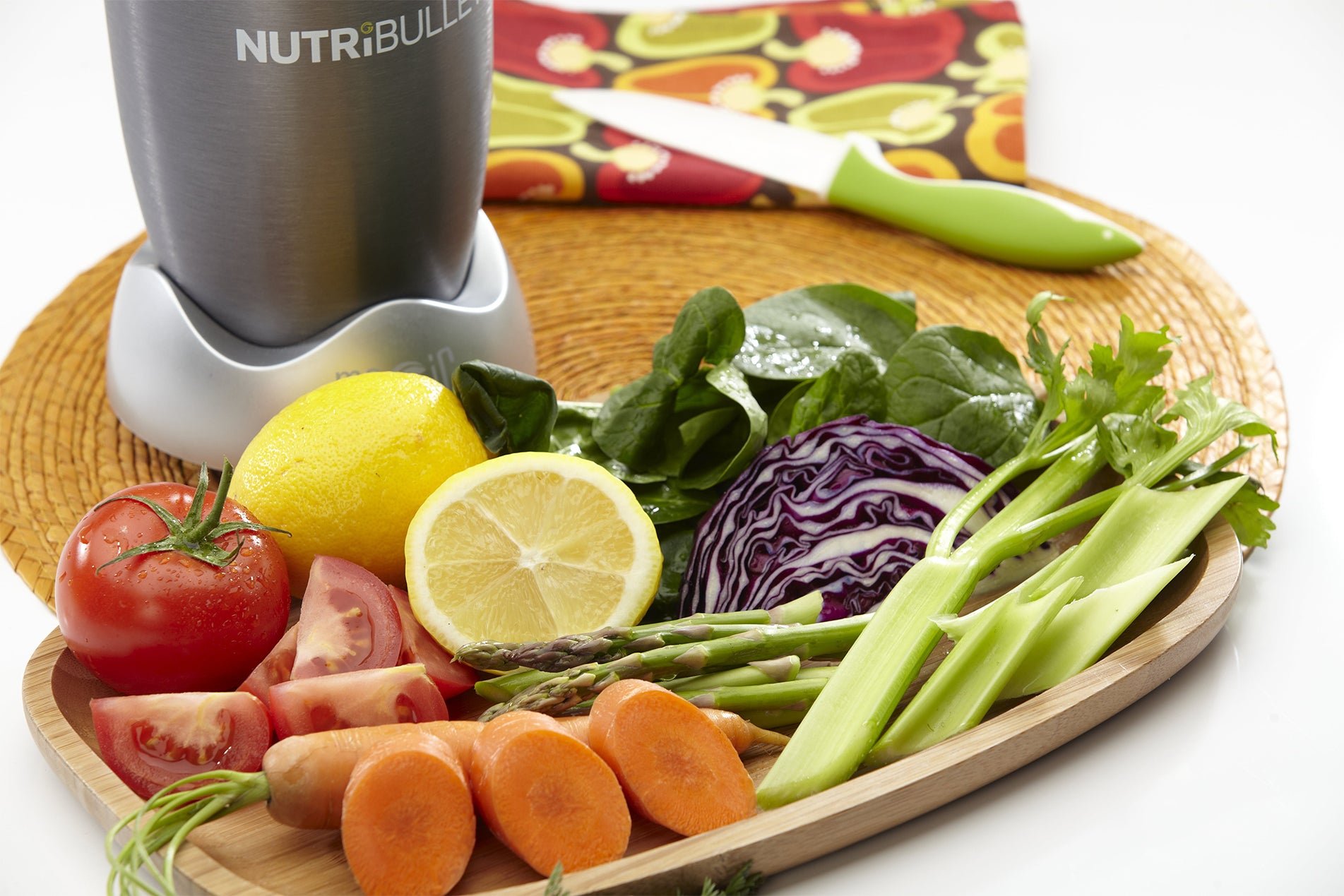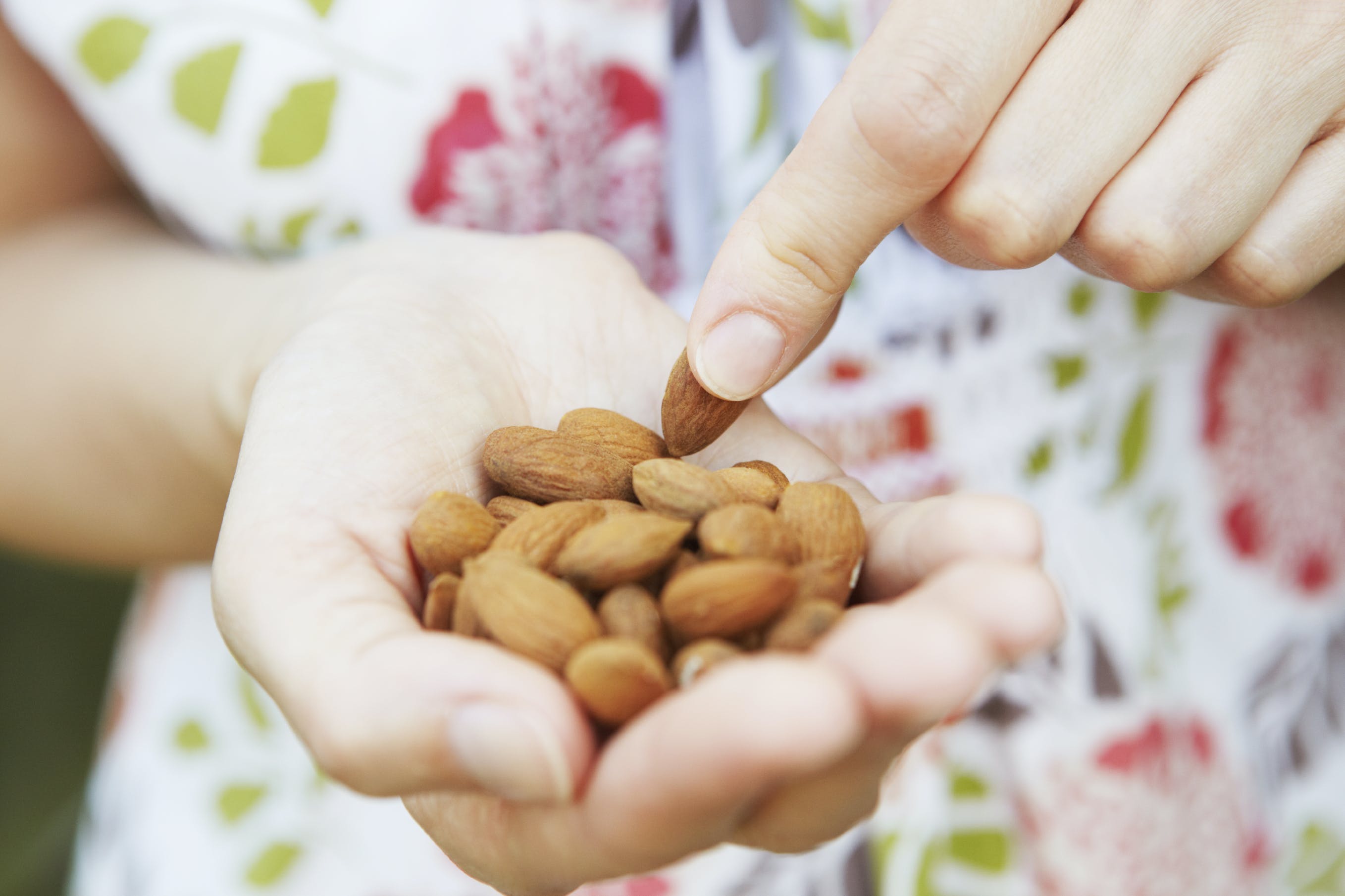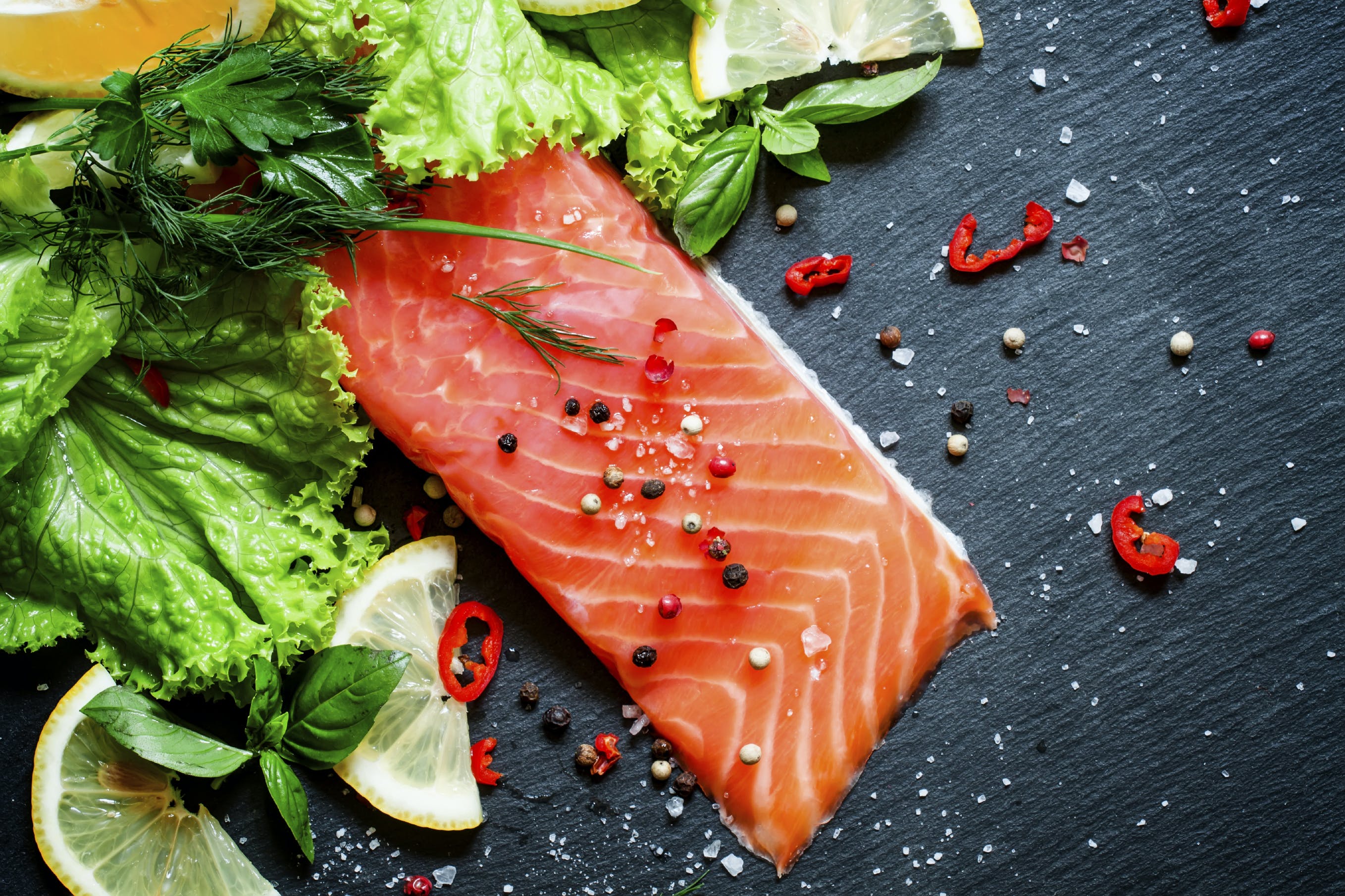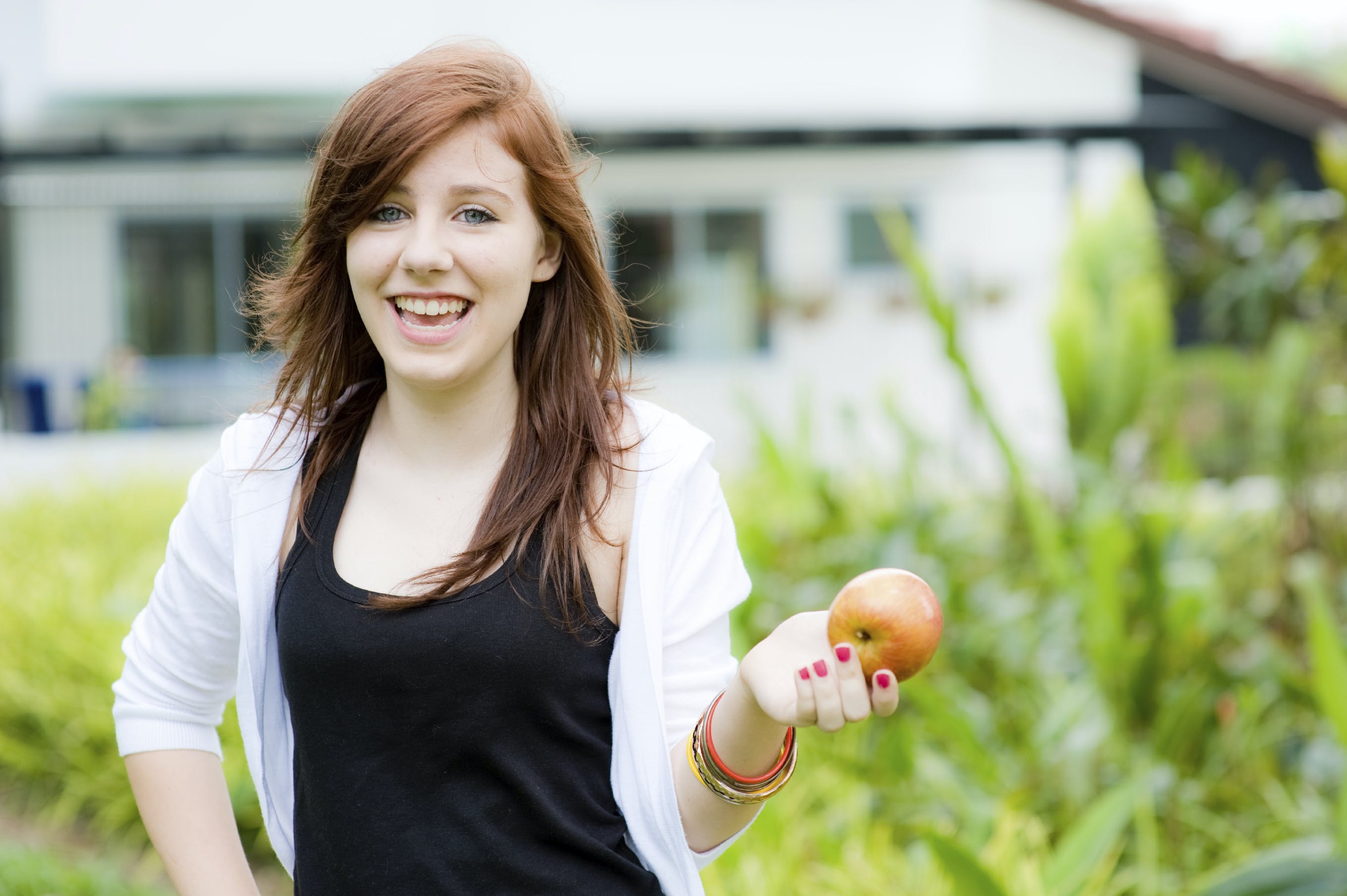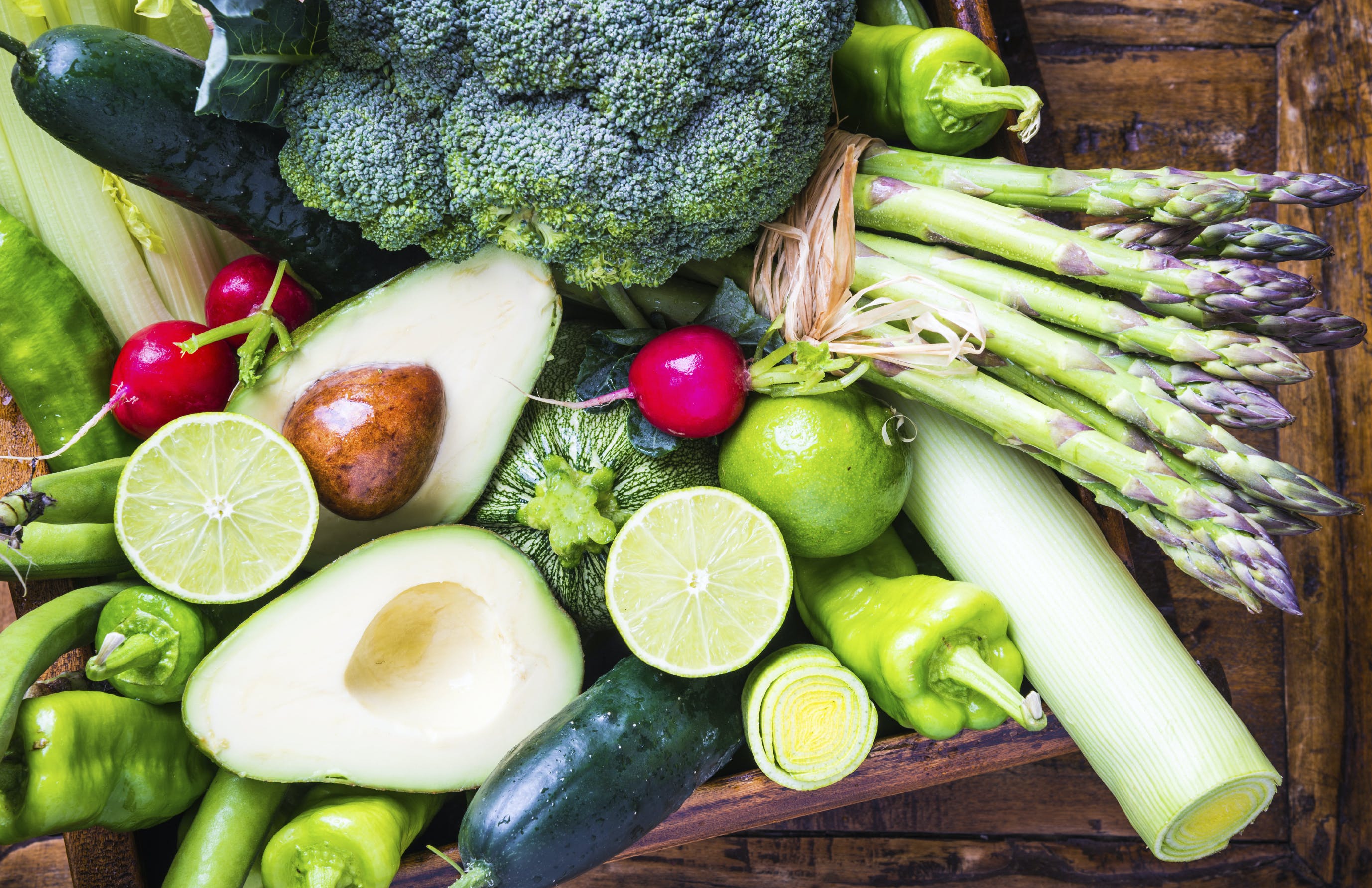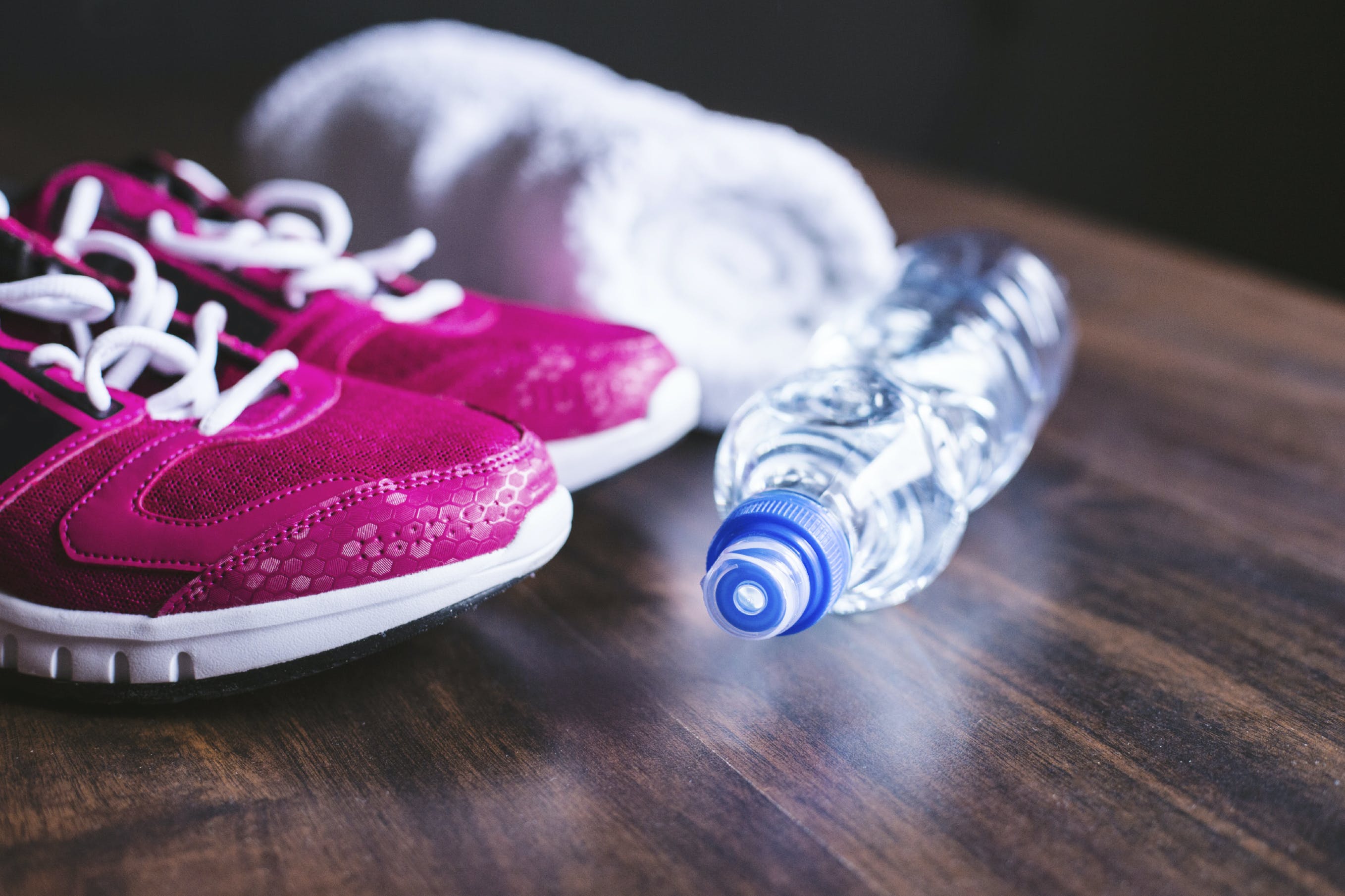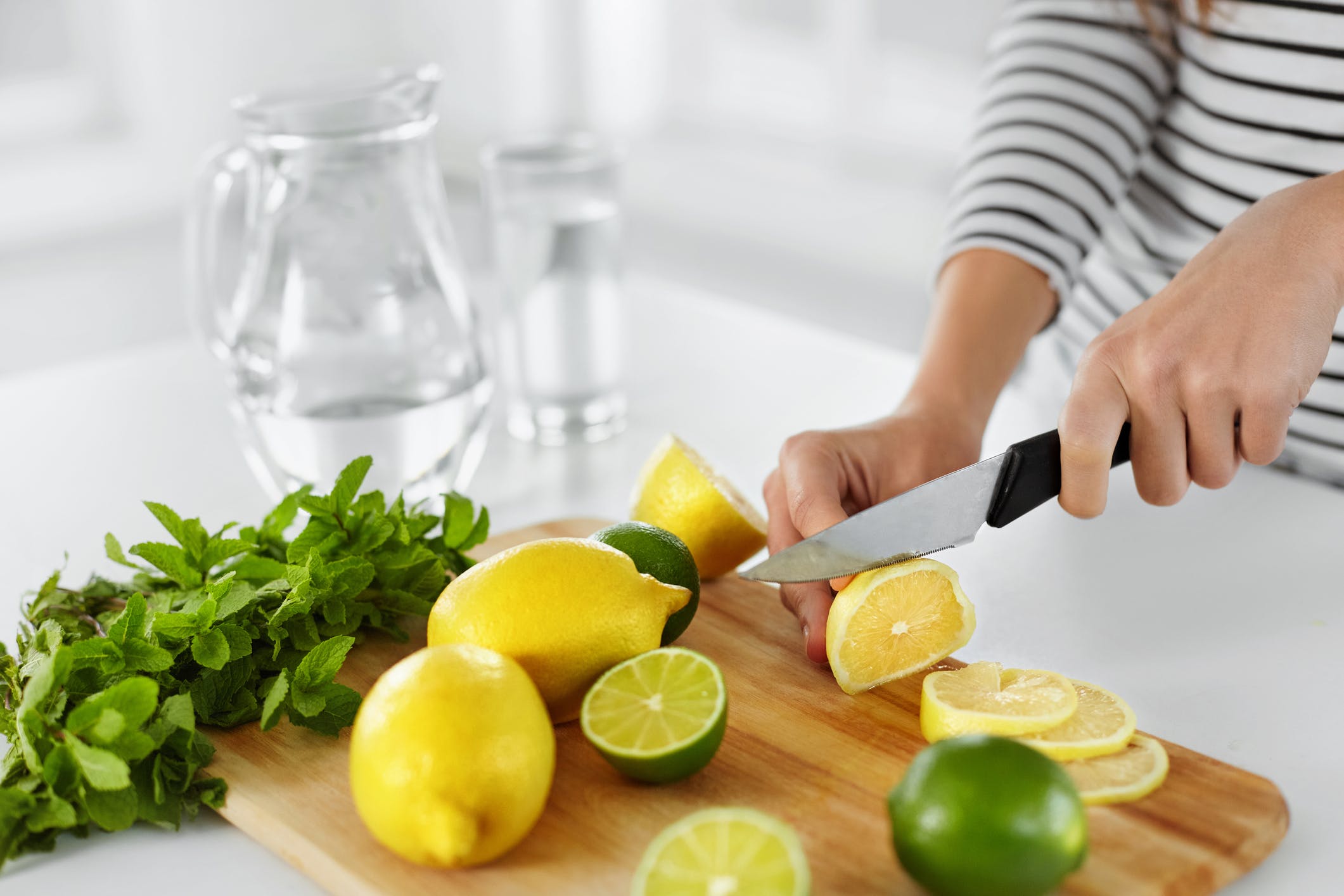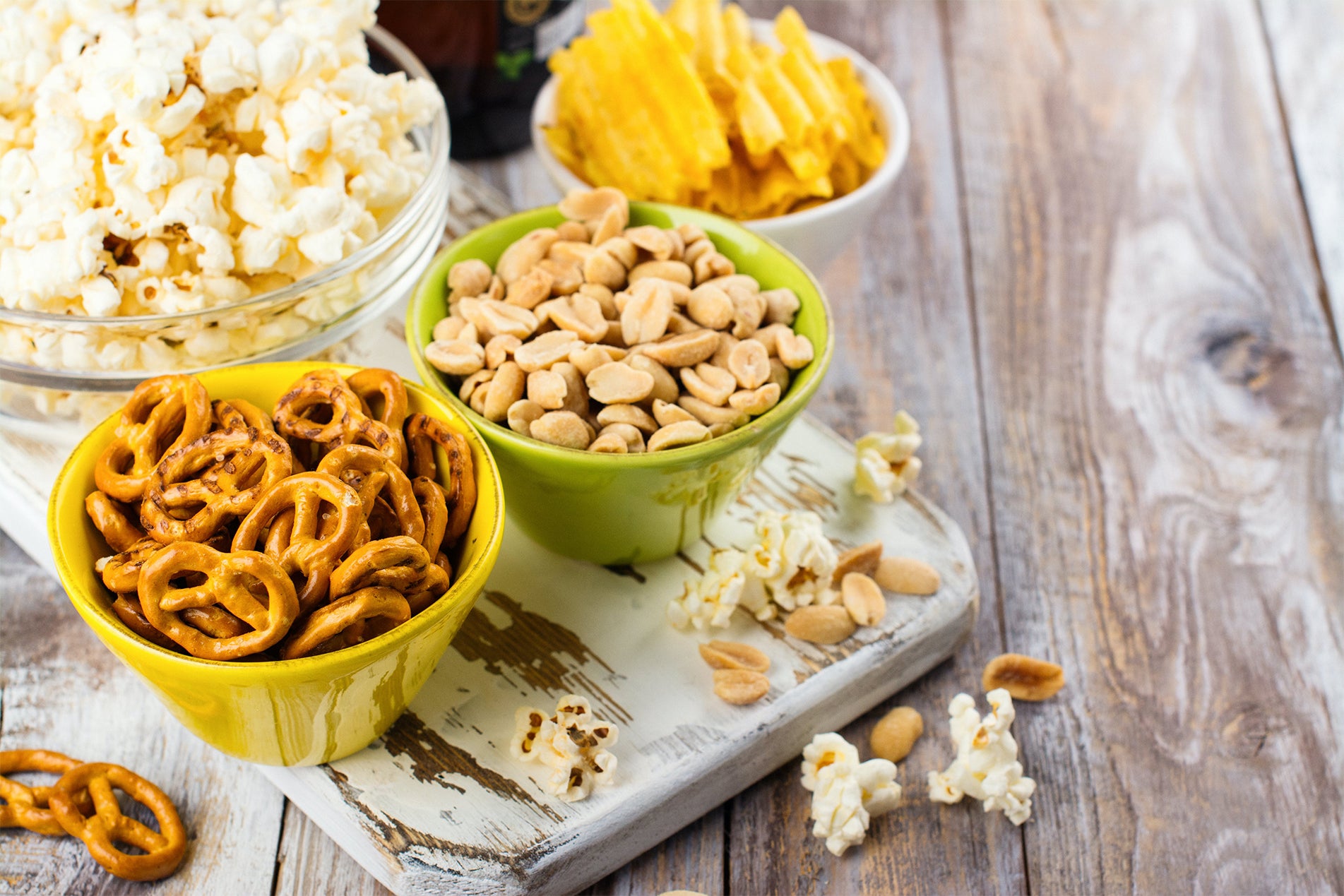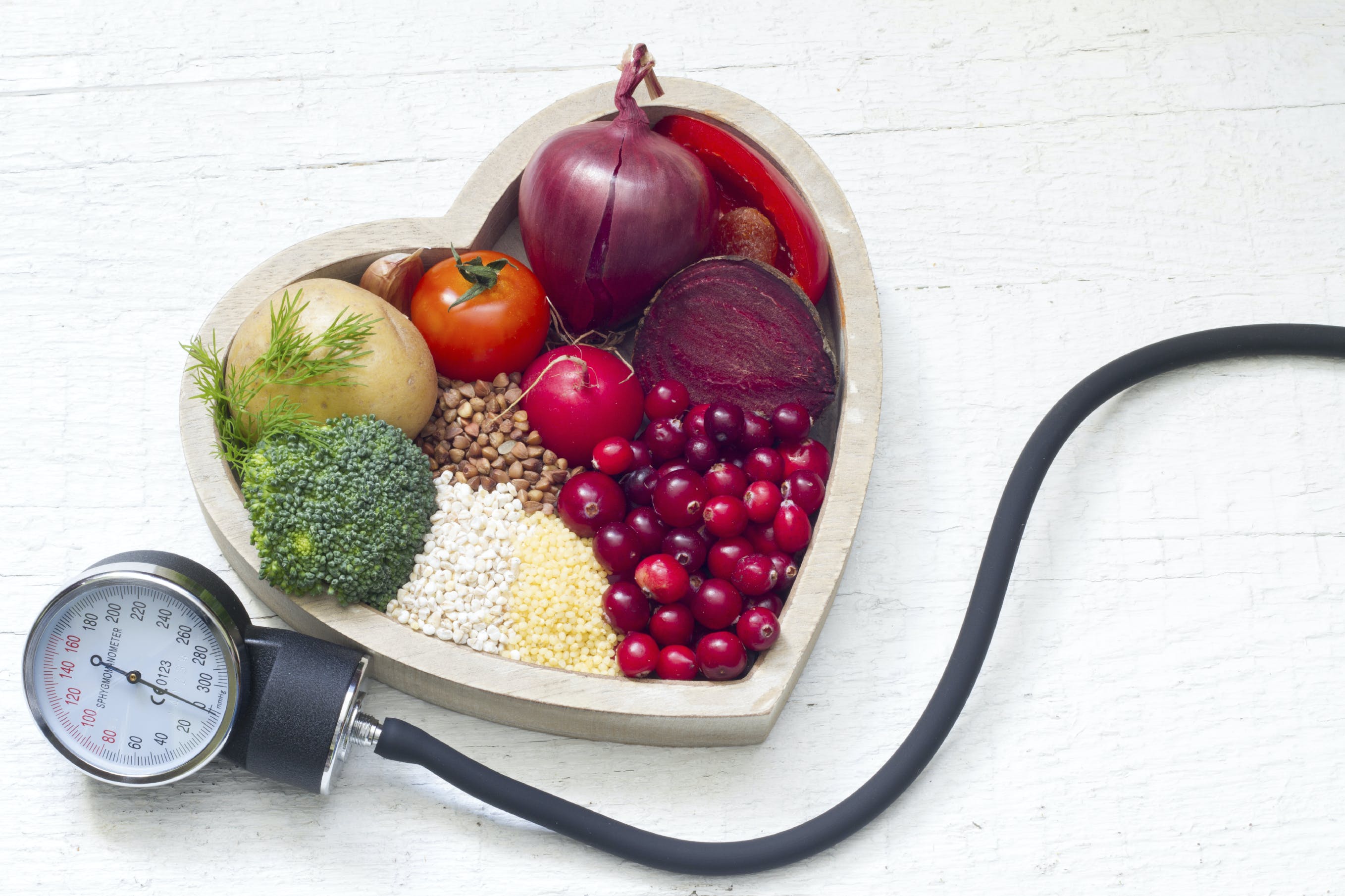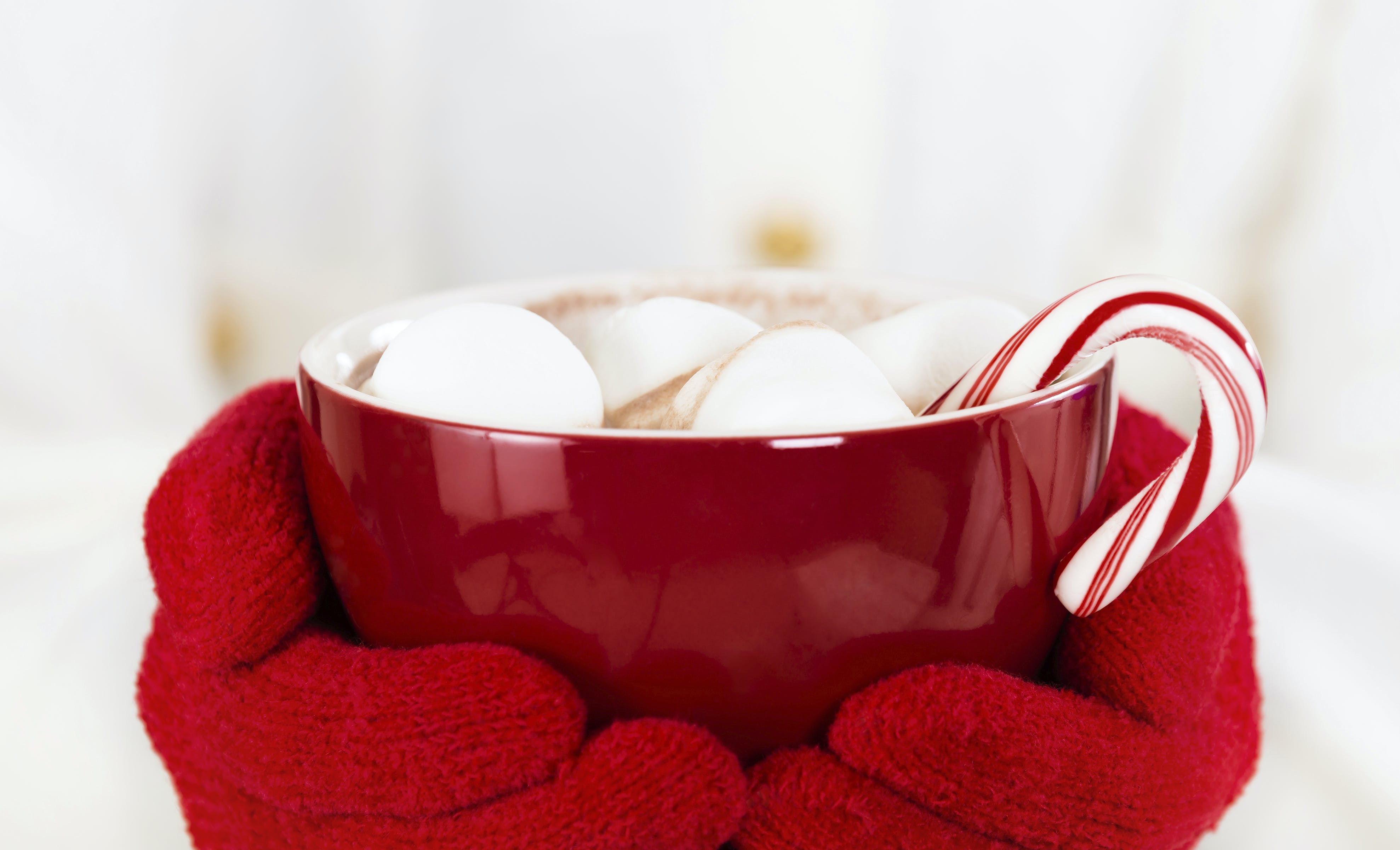The first several months of your little one’s life are filled with so many fun firsts – smiling, giggling, rolling over, sitting up, and so much more. And now, you’re starting to think about another monumental first: his or her first meal!
If the introduction of solids has you feeling excited, nervous, or all the emotions in-between, take comfort in knowing you’re certainly not alone – all these feelings (and feeling them all at the same time!) are only natural with parenting. As adults, so many instinctive actions, such as eating, are things we take for granted; when we’re hungry, we simply grab something and chow down. Yet, when it comes time to introduce solid foods to your precious baby, eating feels like a major life event! So how do you know when your baby is ready for their first meal?
The American Academy of Pediatrics recommends the introduction of solid foods around six months of age. Still, ultimately, it’s up to you and your child’s pediatrician to determine when your little one is developmentally ready to take his or her first “bite.”
Check for the following developmental signs of feeding readiness:
- Your child can sit with little or no support.
- Your child has good head control.
- Your child seems interested in food.
- Your child has an absence of tongue thrust, also known as reverse or immature swallowing. In other words, your baby swallows her food rather than pushing it out of her mouth.
Keep in mind that no two babies are the same and that all babies progress physically and developmentally at their own pace. Some may be ready to start eating solids prior to the 6-month mark, and others may need a bit more time. They have their whole lives to eat, so there’s no harm in being patient and taking it slow.
*Be sure to follow along with our Baby Talk series to learn valuable information on feeding your little.
Introductory Puree Recipes
These two one-ingredient purees below would be great introductory recipes when your little one is just starting to experience the wonderful world of food. Also, be sure to check out our upcoming post on “What are some good first foods for my baby?”
These tiny green gems can be bought fresh or frozen, then steamed and pureed for a nutritious first meal.
Creamy and mellow, butternut squash is a baby favorite!
Nutritional information
Recipe: Creamy Green Strawberry Dream Serving in this recipe:1
- Calories: 236.6
- Total Fat: 3.6 g 5.5%
- Saturated Fat: 0.4 g 1.9%
- Cholesterol: 0 mg 0%
- Sodium: 358.7 mg 14.9%
- Total Carbs: 45.7 g 15.2%
- Dietary Fiber: 9.9 g 39.4%
- Sugar: 22.1 g
- Protein: 8.1 g 16.2%
- Vitamin A: 481.9% Vitamin C: 244.1%
- Calcium: 68.5% Iron: 26.1%
* Percent Daily Values are based on a 2,000 calorie diet. Your daily values may be higher or lower depending on your calorie needs.

